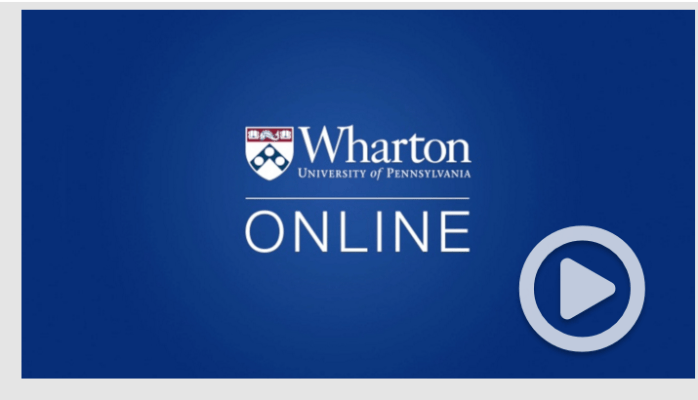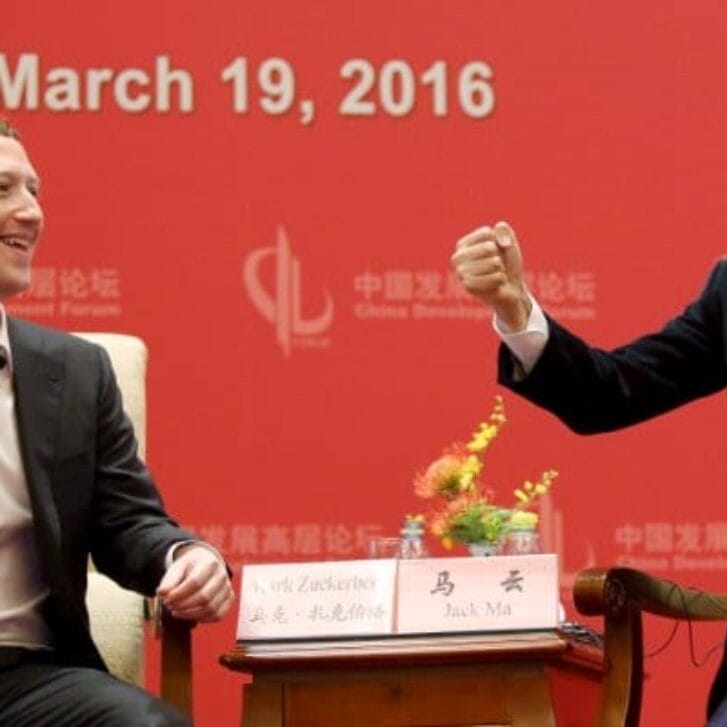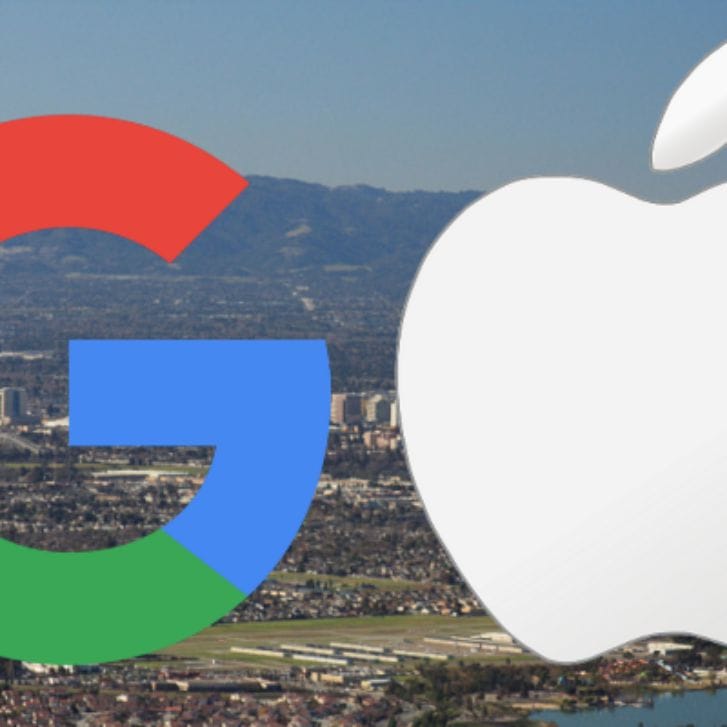The Wharton School was already in the online education vanguard when I became Dean 20 months ago, and our efforts over the past year have made Wharton Online a real innovator in the field.
Over the past 3 years, almost 3 million people have enrolled in over 30 Wharton Online MOOCs (massive open online courses). In the past 12 months alone, 35,000 people have paid $100-$150 for authenticated certification that they have completed one of our online Coursera courses. And by the middle of this year, nearly 50 Wharton professors will have developed and delivered online content.
While our MOOCs are not for credit towards a degree earned at the Wharton School, they provide an avenue for us not only to dramatically expand global access to quality education at affordable prices, but also to lead innovation on campus. This is good news for both our degree students on campus as well as for the millions of online learners all around the world who do not have the opportunity to come to either Philadelphia or San Francisco to study.

As we continue to advance Wharton Online, three priorities will guide us:
- Access to quality online non-degree education (“MOOCs”)
Why are so many people taking our MOOCs? I think the answers have to do with both opportunity and value.
Global demand for a Wharton education far outstrips our ability to supply it in the traditional on-campus classroom. Our MOOCs cater to people all around the world, who would otherwise not be able either financially or logistically to come to campus, with the chance to get a taste of a Wharton education.
Wharton’s online push isn’t about efficiency; it’s about quality.
An increasing number of people are taking our MOOCs for professional development to further their careers. They want external recognition for the knowledge and skills they have acquired, and they are willing to pay for this. Completion rates for these learners are around 90%, compared to only 5% for those taking free MOOCs.
About three-quarters of paying MOOC learners live outside the United States (with India and China the top locations). Moreover, about three-quarters of paying MOOC learners have already earned at least one college-level degree. Our MOOCs are not competing with Wharton degrees. They are adding value for online learners who are very different from our on-campus students.
On all dimensions, MOOCs are filling voids in the global education landscape.
- Higher touch courses for smaller learner groups (“SPOCs within MOOCs”)
MOOCs are convenient for learners and scalable for providers. They are inherently “low touch.” Learners stand or fall largely on their own, limiting the value of pure MOOCs. The more learners interact with each other, and with instructors, the better the educational experience.
This is the attraction of creating small private online courses (SPOCs) within MOOCs, by adding vibrant learning communities and active teaching staff involvement. SPOCs within MOOCs are the online analog of recitations in large lecture classes on campus—at similar scale.
Think of the possibilities for lifelong learning for alumni, executive training for professionals, and supplemental education for non-degree learners, all as movements up the ladder of education, career, and experience.
SPOCs within MOOCs is likely to be the next big thing in online education.
- Online content for campus education (“Blended Learning”)
But in the long run, the bigger story may end up being how online assets augment and improve the classroom experience. At its core, blended learning means placing lecture-like material online so that we can focus precious on-campus time on the highest value-added activity: small group interaction.
We will certainly use the scale and data-richness of MOOCs to learn more about how students learn and what this means for teaching, online and on campus. The benefits of compressing lectures into short, powerful TED talk length are already apparent.
Wharton has long been on the forefront of promoting discussion, debate, and project-based learning in class. Online will only intensify this, with three big implications:
- Students: More active learning will unlock new opportunities for our degree students. By having lectures available online, students will have greater time to dive deep into topics in class, engaging even more with their peers and their professors. The highest touch experiences will never be digital, but online has a big role to play in bringing blended learning to the classroom.
- Professors: As we put more lecture-like material online, in-class time will become even more about bringing out the best in students and less about imparting knowledge to them—we will still do the latter, but it will happen more online. Online will challenge professors to do more, not less.
- Classrooms: Moving lectures onto smartphones will also mean turning lecture halls into spaces that promote interaction. We won’t need less space on campus, and we will need more people to teach smaller classes. Online isn’t going to shrink the need for facilities; but it may change the way those facilities are laid out.
Wharton’s online push isn’t about efficiency; it’s about quality. And I am bullish about online as a genuine win-win. It will allow us both to expand access to our education for learners around the world and to keep innovating in the experience that we offer our students on campus.
Editor’s note: The original version of this article appeared on LinkedIn on March 7, 2016


























